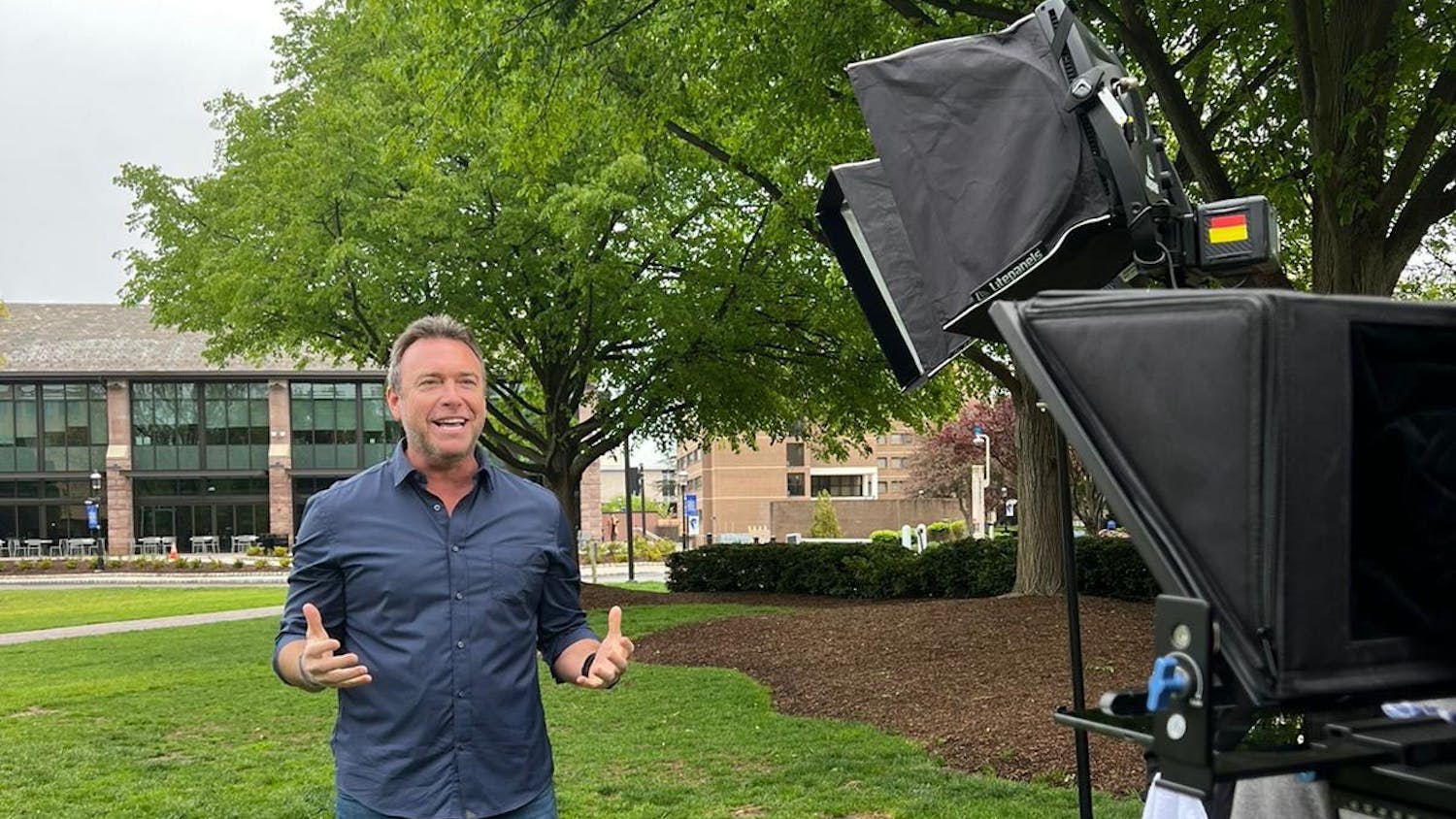It has been two years since lead guitarist and principal songwriter Noel Gallagher infamously shocked Oasis fans by announcing his departure from the band, putting an end to two decades worth of bitter feuds between him and his younger brother and bandmate, Liam. Many expected "High Flying Birds" to be a cheap emulation of what the Gallagher brothers accomplished with Oasis, but Noel treats his debut solo album as a shot at redemption. His new LP is a loose concept album, painting a picture of a cynical, deeply philosophical narrator who is dissatisfied with his seemingly ordinary, routine life.
Listeners immediately get a feel for the psychedelic, experimental territory Gallagher explores from the album's first track, "Everybody's on the Run." The opener features a catchy hook, spacey delay effects, reverb-heavy vocals and an instrumental bridge, all of which immerse the listener into a colorfully mellow, Floyd-ish jam.
Gallagher proves his music can be irresistibly melodic, including falsetto, schoolboy harmonies on multiple tracks like "If I Had a Gun" and "What a Life." Some of his guitar work resembles the trademark simplicity and beautiful ambience of musicians like U2's The Edge and Coldplay's Jonny Buckland.
Gallagher also proves he can be dark and enigmatic in songs like "The Death of You and Me," which features a bluesy riff and a prominent accordion, reminding the listener of a dark, eerie carnival, a setting that is solidified with an outlandish kazoo solo. "I can feel the storm cloud /Sucking up my soul," sings Gallagher as the album's narrator inevitably sees death approaching and sardonically welcomes it.
The second half of the album becomes noticeably more upbeat, but the fast-paced, semi-danceable beats and trumpet fanfares do not stop Gallagher from maintaining his dreary, Poe-like lyrical tone.
"Stop the Clocks," both lyrically and musically, is a perfect culmination of the album's thematic content. The narrator wonders if he is already dead, but Gallagher somehow manages to twist this gothic question into a refreshingly positive outlook on life as a fresh start. The acoustic guitar-based song suddenly transitions into an outrageous, chaotic garage band freak-out with flailing drum fills and grungy guitar squeals reminiscent of Tom Morello's work in Rage Against the Machine. Then, the music, without warning, stops dead. The album's unique conclusion symbolizes the emotional turmoil that is displayed throughout the ten tracks: thoughtful reflection, despair, rage and a fear of the unknown.
While Gallagher has undoubtedly proven his independence as an artist, "High Flying Birds" by no means represents a complete musical departure from Oasis' sound. Gone is Liam's distinct drawl that propelled the band to monstrous success in the early ‘90s and the oddly likeable middle ground between grunge and contemporary pop that maintained the band's presence on the radio waves.
Several elements of Oasis do, however, remain intact. Gallagher still produces acoustic guitar-driven songs with jaunty folk rhythms, and his obsessive admiration for late 1960s Beatles is still evident.
More importantly, "High Flying Birds" contains a level of sophistication that matches, if not exceeds, Oasis' most critically acclaimed pieces. Gallagher has remained productive in his two solitary years, creating what has a good chance of becoming one of the year's most memorable albums. Take that, Liam.
Frank Raso can be reached at francis.raso@student.shu.edu.





